In my early years of teaching, I loved the weeks we set aside to do author studies. It was an opportunity to share lots of books by my favorite authors. We charted story elements and compared texts, voted for and graphed our favorite books and read about the author’s life through books and videos. We often concluded the study with some form of culminating shared writing experience—a text innovation or letter to the author. Once our study ended, the books were returned to their places in our library, and we moved on.
There wasn’t anything wrong about our studies. But, in the words of Maya Angelou, “Now that I know better, I do better.”
The One Question That Can Help You Build a Better Author Study
Experience, research, and trial and error always lead us to be better teachers. Now, author studies have a different look in the classrooms where I work, because I’m armed with the Common Core State Standards as well as a much greater understanding of how to support our youngest learners in making effective reading-writing connections. Back then, the studies were mostly about sharing fabulous books and doing fun projects. Now, our author studies are focused on answering this question:
“What can we learn from authors that will help us grow as readers and writers?”
And we also get to share fabulous books! Although author studies can vary depending on the grade you teach and the learners in your class, most studies have many of the same characteristics. They are designed around a specific goal or purpose and they usually involve:
- Reading closely to evaluate story elements, themes and point of view
- Analyzing words, phrases or writer’s craft
- Comparing across texts
- Learning about and making connections to the life of the author
Here are my tips and recommendations to help you build a better author study of your own.
1. Establish a Purpose and Select an Author

Different kinds of fire Gail Gibbons, Fire! Fire!
Our admiration for specific authors and their writing is only one factor we consider when choosing the focus of an author study. More importantly, we should look for authors that our students can admire and, especially, can emulate. There is no question that first-graders can listen to, learn from and love the stories of Patricia Polacco and Eve Bunting.
But David Shannon, Mo Willems and Donald Crews write the kinds of books that 6-year-olds can envision writing themselves.
With that in mind, I like to begin studies of favorite authors through the lens of writing. I choose from authors whose stories are similar to the kinds of writing our students are tackling themselves. So if our kindergartners are writing narrative or true-life stories, then we’ll look for an author like Ezra Jack Keats, whose books contain simply organized structures and relatable characters and events. Or, when our first-graders are working on information texts and “all-about” books, we may turn to Gail Gibbons to study how she structures her books and uses text features to convey information.
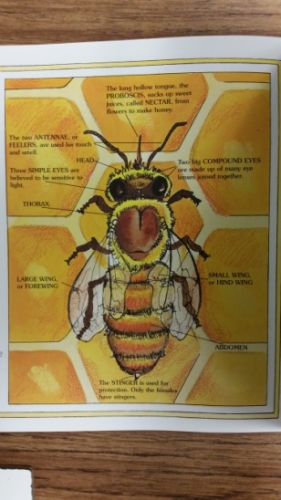 Diagram of a honeybee |
Even when the focus of our author study is to study the writing, students first experience the stories as readers during read-aloud times throughout the day. Then, later in the day or week, we revisit those same texts during writing workshop. This time, when we reread, we “read them like writers” (Katie Wood Ray, Wondrous Words). We pay close attention to the writer’s craft, his word choice and conventions. We notice what he did, consider why he did it and analyze the impact it had on the writing. We record these observations on a chart and reference the chart as we revise and craft our own writing. We revisit the texts day after day asking questions like, “What does Ezra Jack Keats do that I can try in my writing?” or “How does David Shannon use different kinds of sentences?”
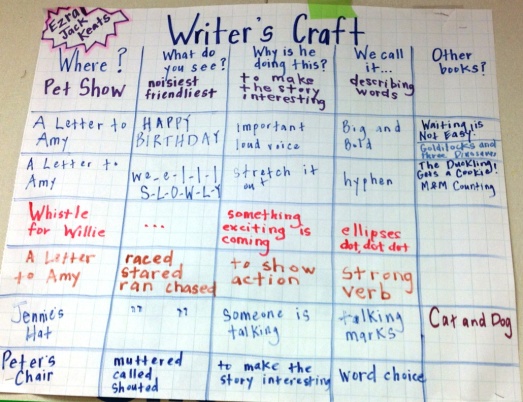 |
2. Read, Reread and Respond
Interactive read alouds and discussions focus on characters, events and themes. As we become more familiar with an author’s work we can use what we know to make predictions and inferences. Close readings of the texts invite discussion about and across texts. We can dig deeper into texts by asking questions like:
- What can we notice about the characters in Kevin Henke’s books? How are Lily, Chrysanthemum and Sheila Rae alike and different?
- In Don’t Let the Pigeon Drive the Bus! how does Pigeon try to get his way? How does Duckling try to get his way in The Pigeon Finds a Hot Dog?
- What words describe Nora’s feelings in Noisy Nora? What do the illustrations show us about her emotions?
And students can respond in so many ways:
- Record a quote or passage and tell why they chose it/what it means.
- Illustrate an interesting character and identify character trait words or emotional words.
- Use a speech bubble to show what the character is thinking.
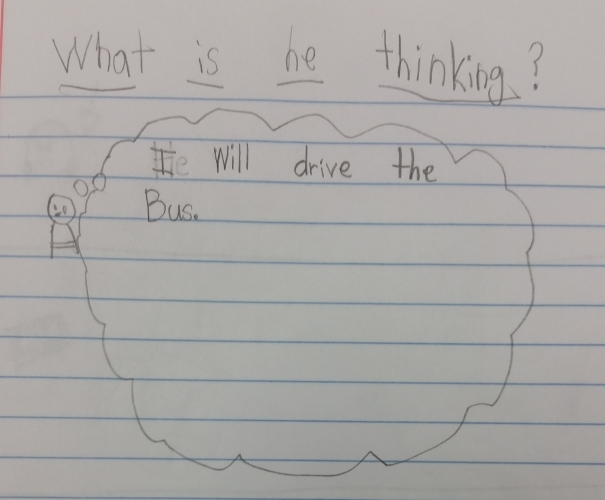 |
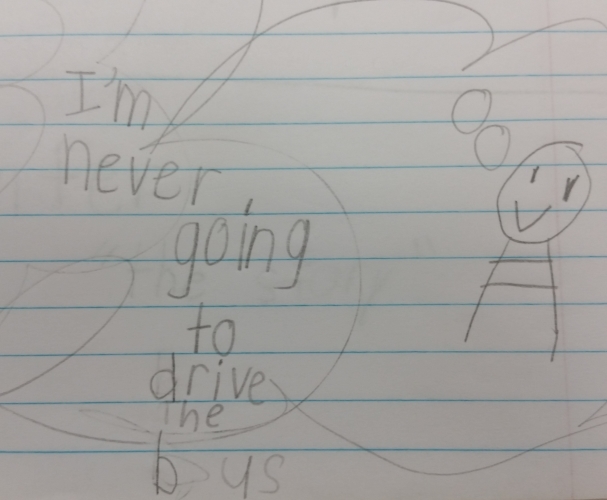 |
It is not uncommon to study an author more than once in a school year. Mo Willems has “visited” us as writers studying conventions and print features in books like the Elephant and Piggy series and the Pigeon books. Later he came back to teach us as readers who were getting to know the characters in our books. The conventions and print features from the first study combined perfectly with the supportive illustrations depicting the characters’ feelings and emotions and provided amazing opportunities to develop more nuanced vocabulary related to characters and their traits.
3. Get to Know the Author/Illustrator
There is great power in peeking into the lives of writers. Listening to a writer talk about his
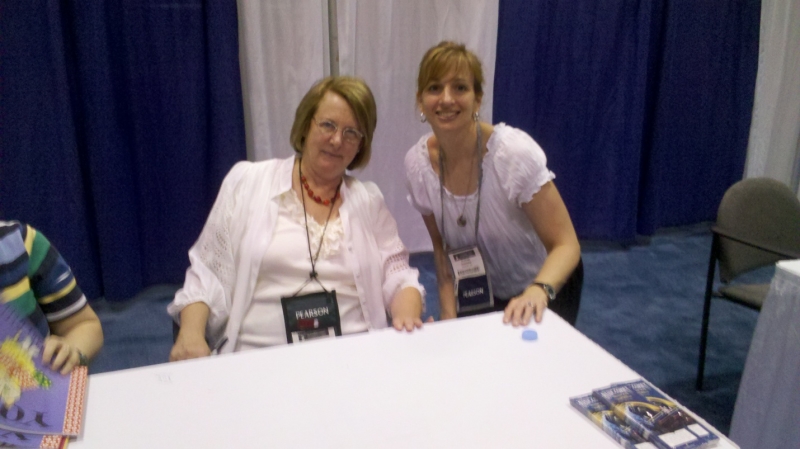
Our kindergartners were intrigued by my photograph with Rosemary Wells.
They cherished the signed copy of her book and were so excited to learn about how the characters of Max and Ruby were created.
International Reading Association Reading Conference, Orlando, FL 2011
childhood or where he got an idea for a book allows students to see him as an ordinary person who happens to write books, just like we are ordinary people who happen to write books. Students love learning that Rosemary Wells created Max and Ruby based on the overheard conversations between her daughters. Or that Ian Falconer has a niece who inspired Olivia. They love to watch Eric Carle create his beautiful collage illustrations right before their eyes. By introducing authors as real people with real lives and experiences, students become more connected to them and the books they write.
An author study is an invitation to readers and writers. A truly great author can teach us something new every time we open up her book. She calls us back again and again long after the study ends and the books are returned to the library shelves.
Lucy Calkins says, “We must not only teach children how to read well; we must also teach children how to love reading” (Unit 1: Building a Reading Life). The doors are open. The authors are waiting. So what are you waiting for?
K-2 Authors Who Help Us Grow as Writers and Readers
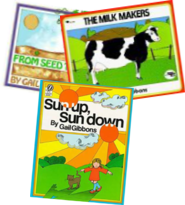 Gail Gibbons Gail Gibbons |
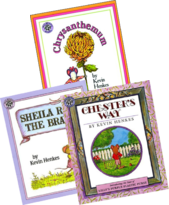
|
||
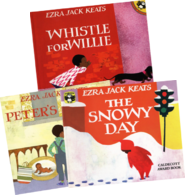 Ezra Jack Keats |
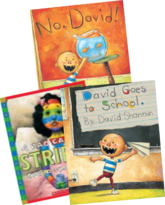 David Shannon David Shannon |
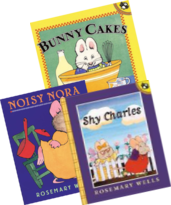 Rosemary Wells Rosemary Wells |
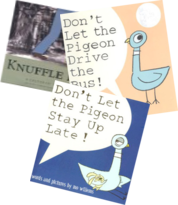 Mo Willems Mo Willems |


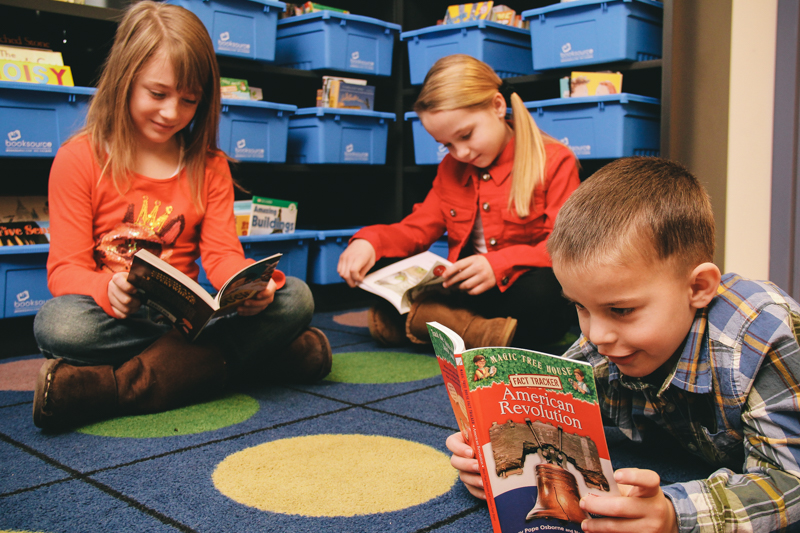
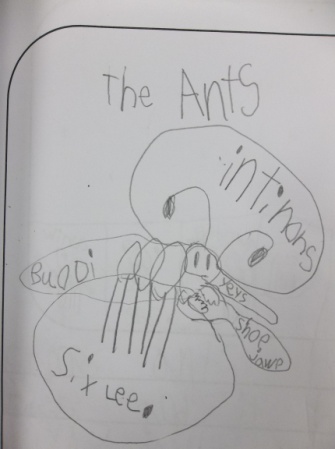

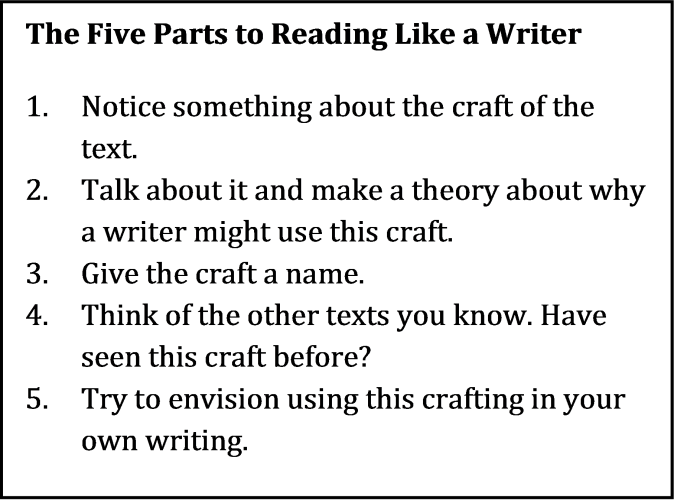

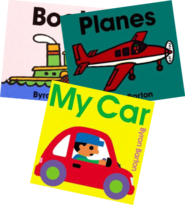
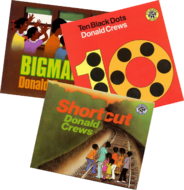
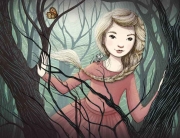
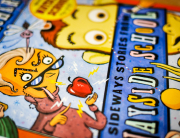
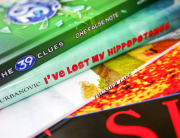
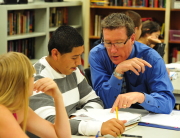
That’s my sister. So proud of the wonderful teacher you have become. Great article!
Fantastic article Jennifer! I greatly enjoyed reading it and look forward to sharing with teachers at my school.
Congratulations Jenifer I know how hzrd you have worked and dreamed for this moment. Your article was great.
Thank you for the comments. Jenifer wrote an excellent article detailing an exciting approach to author studies for young students!